
autoimmunity, gut bacteria (microbiota / microbiome), and vitamin d
GUT BUGS ARE CRITICAL FOR OVERALL HEALTH & AUTOIMMUNITY PREVENTION(BUT DON’T FORGET THE VITAMIN D!) “The immune system is essential for maintaining a delicate balance
Mountain View, MO 65548
Call for an appointment
Closed 12:00 - 1:00

GUT BUGS ARE CRITICAL FOR OVERALL HEALTH & AUTOIMMUNITY PREVENTION(BUT DON’T FORGET THE VITAMIN D!) “The immune system is essential for maintaining a delicate balance

Dr. Don Goldenberg is not only currently a Rheumatologist and Professor Emeritus at Oregon’s University of Portland, over the past three decades he’s treated over

HUGE STUDY LINKS BREAST IMPLANTS TO AUTOIMMUNITY. NOT SURPRISINGLY, FDA DENIES “There is no scientific evidence that breast implants and leakage of silicone has been

WORRIED ABOUT DEVELOPING AUTOIMMUNITY? WHAT DOES THE STANDARD PROFILE OF AUTOIMMUNE DEVELOPMENT LOOK LIKE? “These conditions share common immunopathogenic mechanisms, which explain the clinical similarities

SCAR TISSUE, ADHESED FASCIA, CHRONIC PAIN, AND AUTOIMMUNITY: A PAIR OF CASE HISTORIES Sometimes I take CASE HISTORIES that people send me and discuss them

GLUTEN SENSITIVITY AS RELATED TO AUTOIMMUNITY “The term gluten intolerance may refer to three types of human disorders: autoimmune celiac disease, allergy to wheat and

LOW CARBING? GO PALEO!LEARN WHY PALEO IS THE BEST DIET FOR CHRONIC PAIN, AUTOIMMUNITY, CHRONIC ILLNESS, WEIGHT LOSS, ETC, ETC, ETC I remember the gut-wrenching feeling

WHY HEAD INJURIES LEAD TO AUTOIMMUNITY AND POOR HEALTH Kelley DJ, Farhoud M, Meyerand ME, Nelson DL, Ramirez LF Unlike Phineas Gage above, who had

VACCINES, AUTOIMMUNITY,AND THE HYGIENE HYPOTHESIS “I would contend that in order to truthfully and accurately promote and defend a ‘Forced Vaccination’ policy, one must have

GUT HEALTH AS IT PERTAINS TO ANTIBIOTCIS,AUTOIMMUNITY, AND INFLAMMATION “The road to health is paved with good intestines!” – Sherry A. Rogers “Gut bacteria are
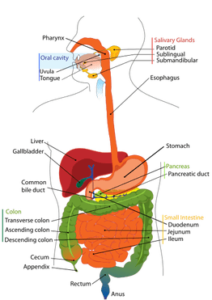
UNDERSTANDING THE GLUTEN, LEAKYGUT, AUTOIMMUNITY CONNECTION “Once people’s Immune System begins making antibodies to Gluten; for reasons that are not yet clearly understood, these same
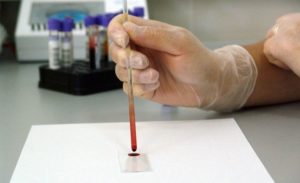
THE RELATIONSHIP BETWEEN ANTIBIOTICS, DYSBIOSIS, AUTOIMMUNITY, & OTHER CHRONIC ILLNESS PublicDomainPictures – English – Pixabay Rheumatological manifestations in inflammatory bowel disease (IBD) are frequent and
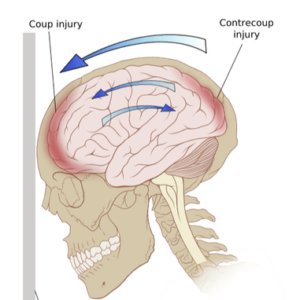
TRAUMATIC BRAIN INJURES & TBI-INDUCED AUTOIMMUNITYMORE COMMON THAN EVER IMAGINED Patrick J. Lynch, medical illustrator According to the Centers for Disease Control and Prevention, at

NEW CAUSES AND POTENTIAL “CURES”FOR AUTOIMMUNITY, INCLUDING RA?NOT NEW. MORE OF THE SAME OLD STUFF I’VE BEEN SHOWING YOU FOR YEARS Rita E – Deutschland

AUTOIMMUNITY, HEAD INJURIES, AND THE RELATIONSHIP TO ELVIS PRESLEY’S DEATH Toru Watanabe At the time, the public issue and controversy was centering on Elvis’ drug

CHRONIC PAIN, AUTOIMMUNITY, AND CHRONIC DISEASE:ANYTHING CAN CAUSE ANYTHING When it comes to Chronic Pain and Chronic Sickness & Disease, anything can cause anything. Dr.

AUTOIMMUNITY TESTIMONIALINTERSTITIAL CYSTITIS She [the doctor] said they don’t know what causes it, and they don’t have a cure for it. They just try to
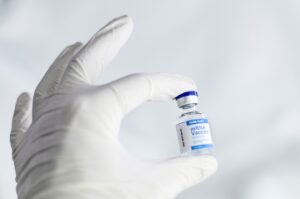
Unfortunately in many states, due to the enormous wall of disinformation, propaganda, gaslighting and defamation that the Federal Government, vaccine manufacturers and corporate media have
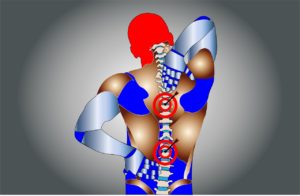
Centralized Pain or Not? Why Understanding Chronic Pain and Central Sensitization is Critical in Your Personal Battle with Pain “For society, the costs are staggering:
Enter your name, email address and message in the box below to send us an email. If you’re in the Mountain View area, you can stop in to the office. We’re located in Mountain View at: 1219 South State, Route 17. Or, give us a call at: (417) 934 6337